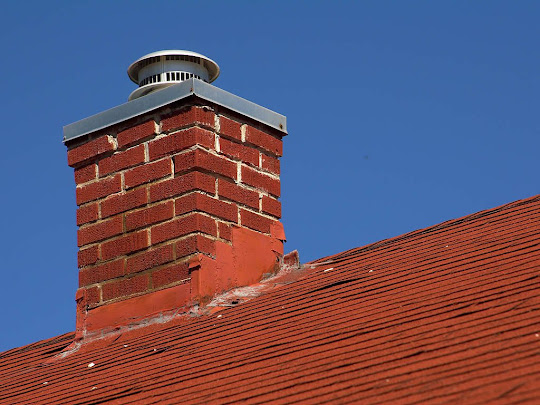Complete Guide to Getting Your Fireplace Ready for Winter
- Get link
- X
- Other Apps
Fireplaces are a lovely way to heat your home in the winter. There are a few problems you need to take care of, such as cleaning up soot & creosote from last season & making sure you do not need any repairs before you light up a fireplace for the first time this season.
Stay safe & prepare for a smooth winter season by being active about your fireplace maintenance this year. Before lighting your fireplace, prepare your house.
Clear The Mess From And Around Your Fireplace
Unless you are diligent about keeping it neat, when you do not use your fireplace for a long time between seasons, clutter naturally inclines to fill up the surrounding area. You will need to clear the clutter so you can avoid fire hazards and enjoy the flames in winter.
Be sure to move or free from any objects in front of the fireplace before you light your first fire this winter. For this, you need to make sure that any furniture or rugs are a safe distance away.
Examine The Fireplace Gasket
Many gas & wood fireplaces have a certain type of material around the door of the fireplace to aid keep smoke & gas out of your home & excess oxygen out of the fire area. You should inspect it once a year to know if your fireplace has a gasket. You may need to change the gasket if it looks damaged.
Change The Batteries
Smoke & carbon monoxide indicators are all the more significant in seasons when you are using your fireplace & other heating systems. To keep everyone in your home safe, you should change the batteries & run tests to confirm the alarms will work when you need them.
Check The Chimney Cap
Your chimney should be capped to keep rain, leaves, birds, & debris out. You do not need to determine a bird’s nest or other small critters inside your chimney next time you need to use it! Make sure you change the chimney cap before winter arrives if it is damaged or missing. A chimney cap inspection is a mandatory thing that you should not miss.
Trim Trees Near The Chimney
Many homeowners have large trees in their yards that may rise to hang over their chimneys. Unfortunately, tree limbs can cause a fire. If they fall in a windstorm, they can also damage the chimney cap. You should also trim any tree limbs hanging nearby when you inspect your chimney.
Inspect For Chimney Damage
A chimney should be inspected by professionals checked every year. Loose bricks, Cracks, damaged mortar, & other structural issues often happen. These issues can interfere with chimney function, so be sure to get them fixed before winter if you notice them.
Hire A Chimney Sweep
You should hire a chimney sweep to clean your chimney at least once a year, even if no repairs are needed. Built-up soot, creosote, & other debris can put you at risk of a chimney fire & keep your fireplace from working as well as it should. Even a tiny amount of creosote glazing from burning wood can create a fire hazard, so it is particularly important not to put this step off if you have a wood fireplace.
Check The Damper Function
The chimney damper is a valve that regulates the airflow inside the chimney. By using a push rod or pull chain, this damper can be opened. When you are not using your fireplace, the damper should be closed, but you will require to open it when you need to start a fire. Try opening & closing it to confirm the damper still works. If you can feel a breeze or see up the flue when you peek your head in, you can generally tell when the damper is open.
Pick The Firewood
You will require dense, seasoned wood like oak available to burn if you have a wood-burning fireplace. Recently cut or green wood & softwoods produce more creosote. It can build up in your chimney & cause problems later on. You should use denser wood that has been split & stored in a dry place for a minimum of six months.
Prepare The Firewood
You will require to split firewood, so it fits into your fireplace if you are cutting your firewood. Preferably, each piece should be less than a minimum of six inches in diameter for best burning. From there, store the wood in a covered space outdoors so that it stays out of the rain and also does not attract pests into your home.
Test The Moisture
You should check that it is properly dried out before using your firewood. You can purchase a wood moisture meter to test this. The wood probably will not burn well if it has a moisture reading above 25%. Before the wood fully dries out, you may need to store it properly.
Clean The Fireplace Blower
Some fireplaces come up with blowers to spread warm air in the room. You should take the time to thoroughly clean fireplaces before the cold weather sets in, particularly if there is not an accompanying filter. Otherwise, you may get dust around & you will not have proper heat in your home.
Conclusion:
There are plenty of things you should consider to make your fireplace ready for winter. With the help of the above discussion, you can enjoy the winter without any worries. If you are looking for a professional for chimney cap inspection or chimney cleaning, maintenance and installation, contact A Step in Time Chimney Sweeps. Call +1-757-244-6639 for fast and effective chimney related services.
- Get link
- X
- Other Apps

.jpg)
.jpg)

Comments
Post a Comment